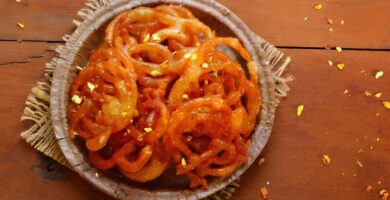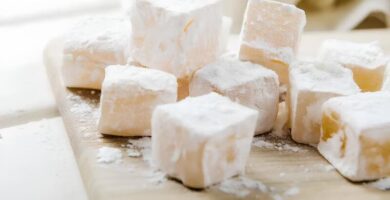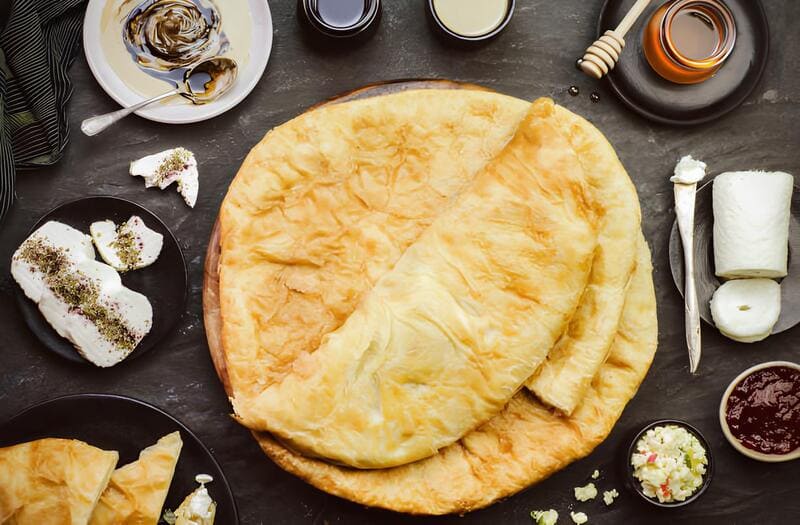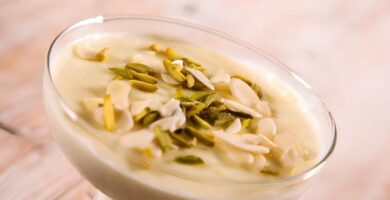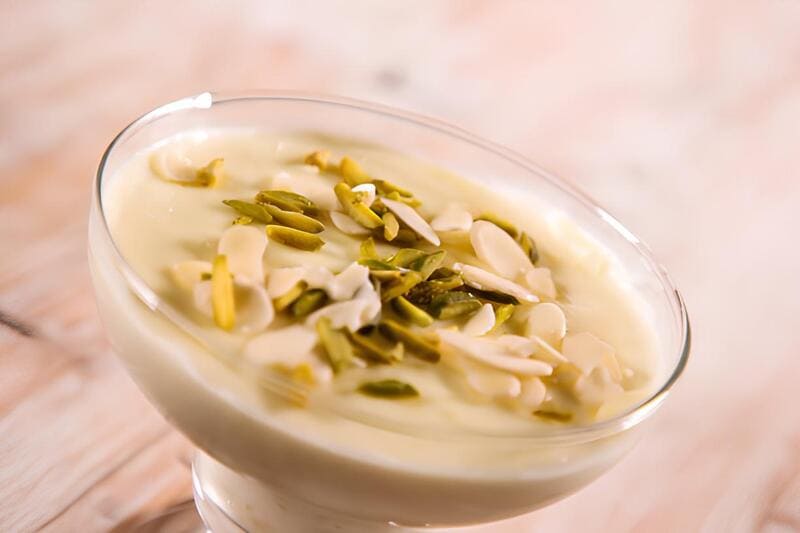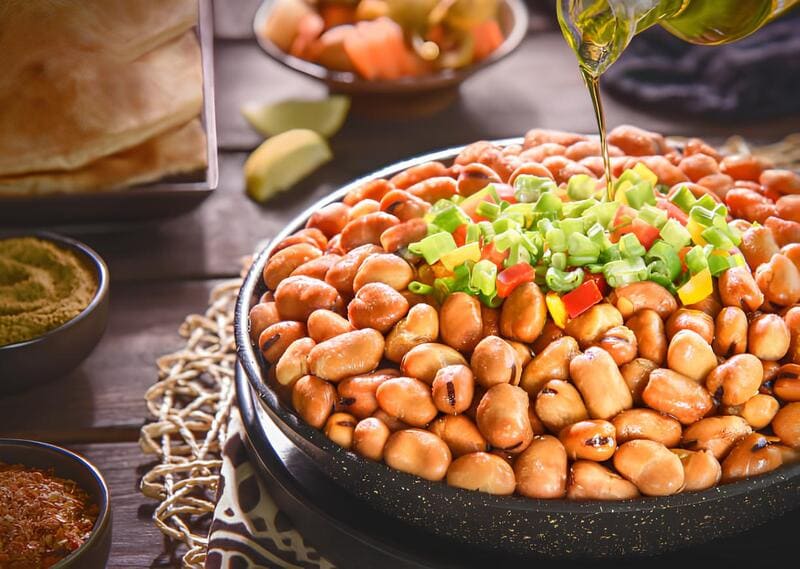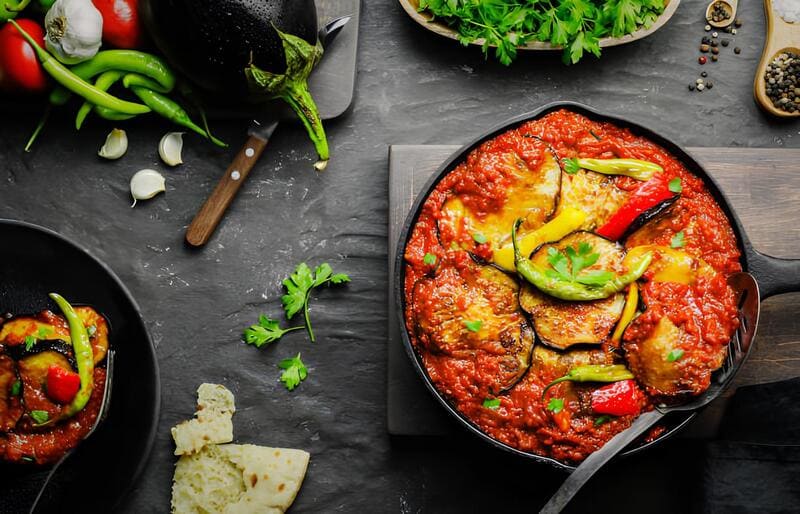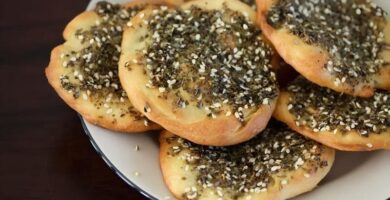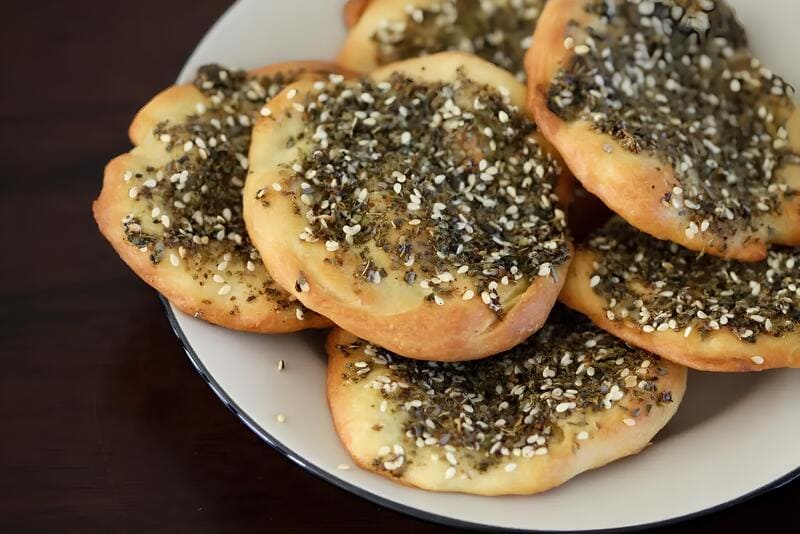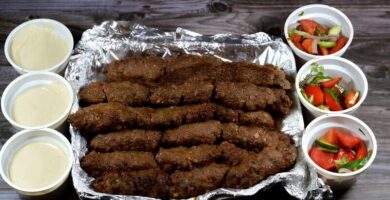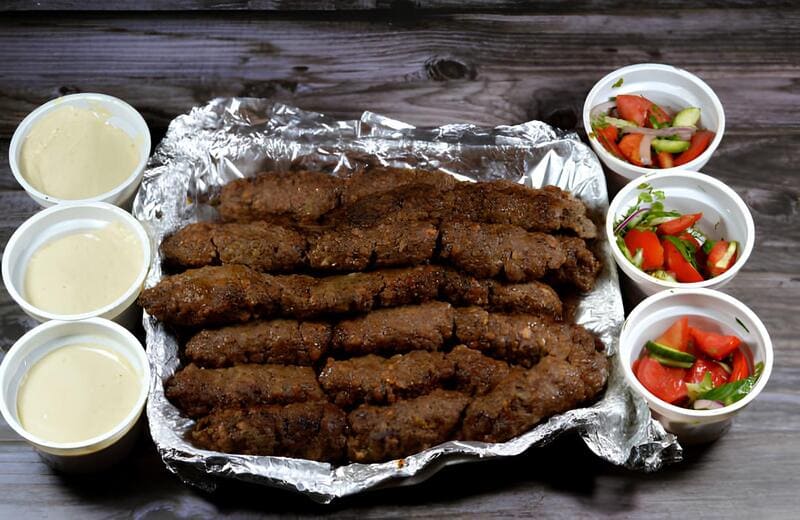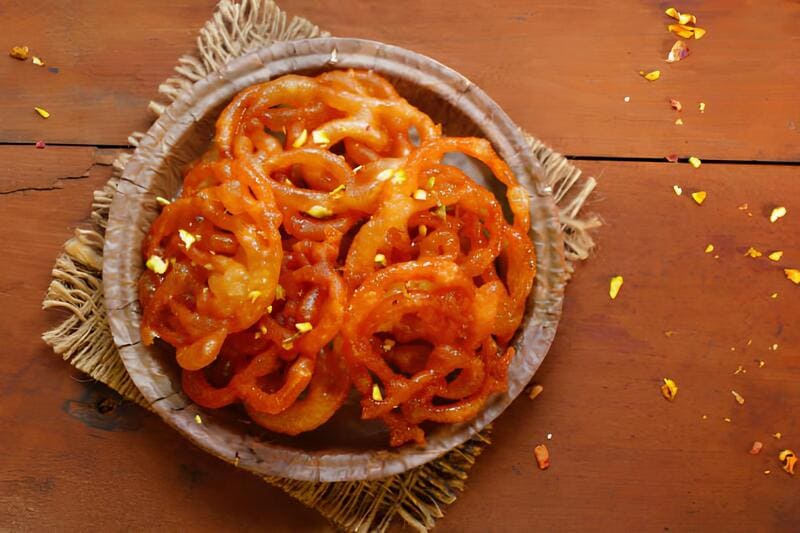
Egyptian cuisine showcases a diversity of flavors, and today we present a delightful, easy-to-make strawberry dessert known as strawberry cups. Ideal for the warm months or special occasions like Ramadan, this treat is both refreshing and light. The recipe requires just a few simple ingredients, ensuring you can prepare it in no time while enjoying its rich and creamy texture.
This homemade dessert is perfect for kids and adults alike. It doesn’t require eggs, cream, or sweetened condensed milk, making it an economic yet indulgent option. Traditionally enjoyed at home, it offers the sweet and tangy flavor of strawberries combined with a luscious, smooth consistency. Follow our step-by-step guide to create this original and traditional Egyptian sweet treat.
Ingredients
- 600 grams of strawberries
- 3 tablespoons cornstarch
- 1 cup of sugar
- 3 cups of milk (approximately 700 ml)
- 1 teaspoon vanilla extract (powder or liquid)
- 300 grams of strawberries (for the sauce)
- 1 tablespoon lemon juice
- 4 tablespoons sugar (about 60 grams)
Preparation
- Squeeze the 600 grams of strawberries using a blender or food processor to obtain concentrated juice.
- Add 1 cup of sugar to the juice and stir until completely dissolved.
- Dissolve 3 tablespoons of cornstarch in 4 tablespoons of milk until smooth, then add to the strawberry juice while stirring.
- Gradually add 3 cups of milk, and continue stirring until all ingredients are well combined and no lumps remain.
- Incorporate 1 teaspoon of vanilla extract into the mixture.
- Heat the mixture on medium flame, stirring continuously to prevent lumps, and cook for 8 to 10 minutes until thickened.
- Pour the mixture into cups or molds while hot, filling them three-quarters full.
- Allow the cups to cool slightly before preparing the strawberry sauce.
- For the sauce, cut 300 grams of strawberries into small cubes, mix with 1 tablespoon of lemon juice and 4 tablespoons of sugar.
- Cook the mixture on medium heat, stirring continuously until it thickens and most liquid evaporates (approximately 7 to 10 minutes).
- Pour the thickened sauce over the first layer in the cups.
- Let the dessert cool completely, then refrigerate for at least two hours before serving.
- Optionally, decorate with whipped cream and fresh strawberry pieces.
Did you know?
Strawberry cups are a versatile dessert that can be adapted with a variety of fruits such as mangoes, blueberries, or raspberries. This homemade delight is both simple to make and budget-friendly, utilizing only a handful of ingredients that are typically found at home. It’s a fantastic option for those who worry about calories since it avoids heavier ingredients like cream and condensed milk.
This dessert not only tastes great but also serves as a traditional style dessert reflective of Egyptian ingenuity in making delicious dishes from minimal ingredients. Beyond serving it as a dessert, the strawberry sauce can be a fantastic complement to pancakes, ice cream, and other sweets. Knowing how to make such versatile and simple dishes can enhance everyday meals and special occasions alike. Enjoy this sweet treat that embodies the essence of Egyptian culinary flair.
